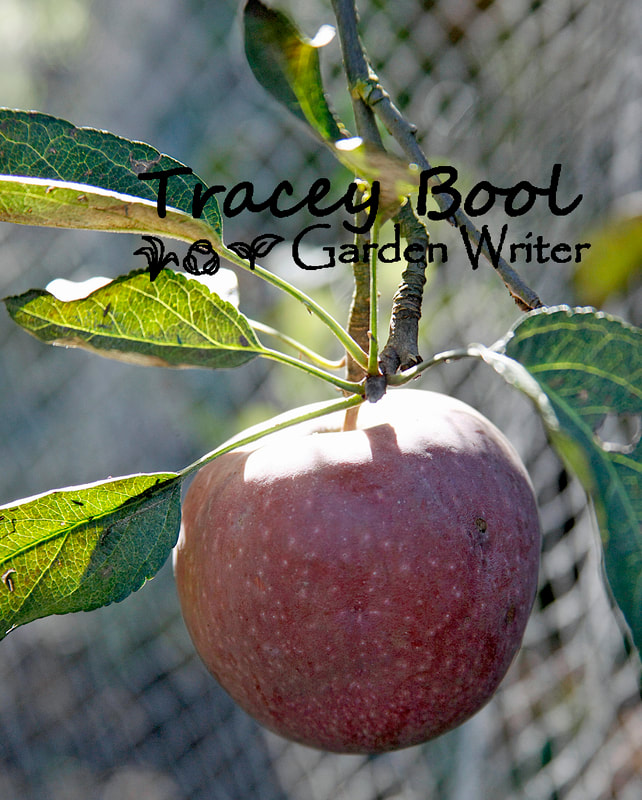|
Preventing and Treating Leaf Curl
Leaf curl is one of the most common backyard fruit tree fungal diseases, which affects peaches, nectarines and apricots. During spring, reddish areas appear on new foliage, which become distorted and curled as they develop. Leaf curl can significantly affect fruit production and the health of the tree. Disease spores overwinter on the tree and on fallen foliage and debris on the ground. They are most active early in the growing season in cool wet weather and are spread to other trees via wind and water. Trees can be sprayed with lime sulfur or copper-based spray at 90% leaf fall and again in late winter before bud swell. Remove and replace mulch, especially any fallen leaves. Avoid watering the foliage and maintain tree health. Preventing and Treating Codling Moth During Winter Codling moth is a common and destructive pest, which affects apples, pears and quinces. The larvae burrow into the fruit causing significant damage and making it practically inedible. During winter, the larvae digs into the soil and bark of the tree, before pupating as adults during the growing season and laying eggs on both the foliage and fruit. There are usually two generations of codling moth per year. Check the bark of trees closely and remove any larvae. Remove and replace the mulch, including any rotting fruit – consider sheet mulching with layers of compost, cardboard, compost and lastly, mulch. Repeat at least twice during the growing season. Sheet mulching makes it difficult for the larvae to burrow into or out of the soil. Band and apply horticultural glue to the base of trees, to catch any of the adults as they make their way up the tree during late winter/early spring. |

